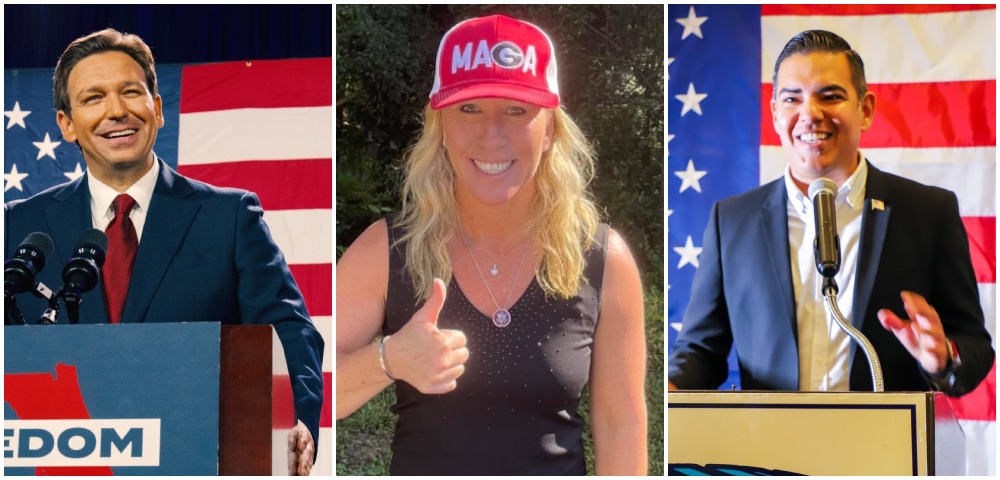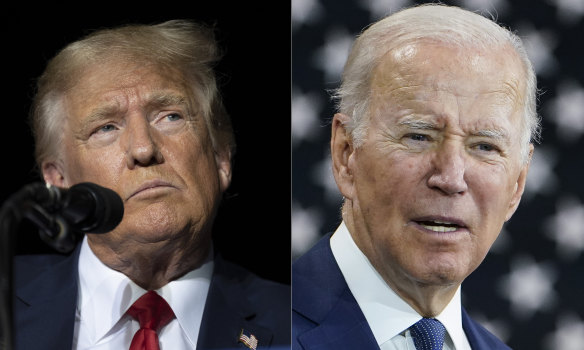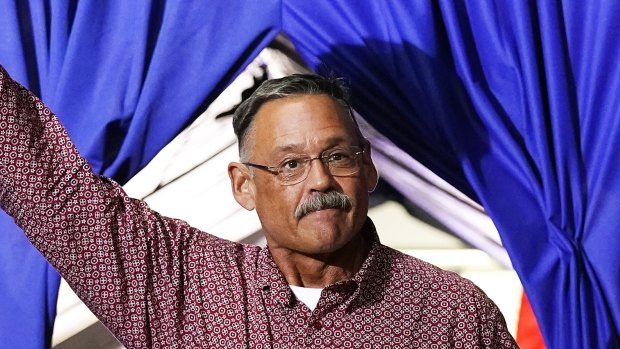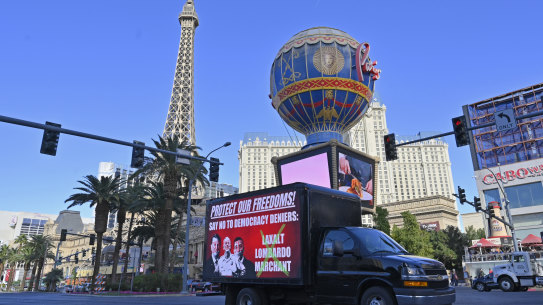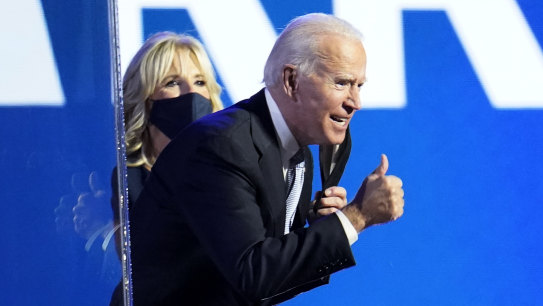RAINBOW WAVE AT US MIDTERM ELECTIONS 2022: LGBT CANDIDATES MAKE HISTORY
In the aftermath of the 2022 US Midterm Elections, here is a rundown of the winners and losers of the night.
According to NBC News, a record 678 LGBTQ candidates were on the ballot, with more than 340 winning their elections so far. It was also the first time in US history that an LGBTQ candidate was on the ballot in all 50 states.
More LGBTQ Candidates Than Ever Before
President & CEO of the LGBTQ Victory Fund Mayor Annise Parker explained, “We saw more LGBTQ candidates of color, trans candidates, nonbinary candidates and bisexual candidates than in any other election year.”
Among them, Maura Healey, a Democrat candidate for governor of Massachusets, became the first out lesbian to be elected governor of a US State.
In a tweet after her victory, she wrote, “We might be the first, but we won’t be the last. To every little girl out there, we want you to know — there’s no ceiling you can’t break.”
Becca Balint, a Democrat, became the first out gay person to represent Vermont in the US Congress and updated her social media bio accordingly.
Robert Garcia, a Democrat representing California, will be the first out LGBTQ immigrant in the US Congress, and Democrat Leigh Finke became the first openly transgender person to be elected to the Minnesota House of Representatives.
In an interview with USA Today, Victory Fund press secretary Albert Fujii said, “We are already calling this year a ‘Rainbow Wave’ – with more wins to come.”
“Tonight’s Rainbow Wave is a clear rebuke to the increased homophobia and transphobia sweeping our communities – and proves voters want to elect qualified LGBTQ leaders,” Fujii said. “With so much at stake this election, from the future of marriage equality to abortion, LGBTQ candidates’ grit and exceptional grassroots support is paying off.”
Anti-LGBTQ Candidate Victories
In Florida, however, Governor Ron Desantis, a conservative Republican, won reelection in a landslide against his opponent, Former governor Charlie Crist, beating him by almost 20 points.
With more than 95% of votes in, DeSantis won 59.4% of the vote to Crist’s, 40%.
He is widely believed to be a potential front-runner for the Republican nomination in the lead-up to the 2024 US Presidential Election.
During a debate in October, in response to a question on minors undergoing gender-affirming medical procedures and therapies, DeSantis falsely claimed, “They mean doing double mastectomies on young girls. They mean chemically castrating young boys, that is wrong. We are not going to allow that to happen in the state of Florida.”
He went on to say, “A lot of the dysphoria resolves itself by the time they become adults…It’s inappropriate to be doing, basically what’s, genital mutilation.”
In March, DeSantis signed the “Don’t Say Gay Bill” into law.
The Bill, officially named the Parental Rights in Education Bill, will restrict the teaching of sexual orientation and gender identity.
MAGA Republican Wins
Georgia Congresswoman Marjorie Taylor Greene, a MAGA Republican, also won reelection.
In April, Greene revealed that she plans to introduce a federal law, modelled on Florida’s ‘Don’t Say Gay’ Bill.
“We can do legislation to protect our children. You know, Congress makes the laws, Congress funds the money that funds agencies and different departments like the Department of Education,” Greene said.
“There should be no federal funding to any school anywhere that is indoctrinating children, that is teaching them that they can change their gender, that is teaching them anything sick and disgusting like this. We should stop all federal funding.”
Colorado Congresswoman Lauren Boebert, with approximately 95 percent of the vote tallied, is currently trailing her opponent by less than a percentage point.
In April, Boebert came out in favour of a government-mandated age requirement in order to make decisions about one’s own gender and sexuality.
Boebert, a conspiracy theorist and Trump supporter, tweeted, “We require people to be 21 to purchase alcohol beverages, and 21 to purchase tobacco products. Why is it so unreasonable to require people to reach a certain level of maturity before making life-altering decisions about their sexuality and identity?”
According to the LGBTQ Victory Fund, there are currently, two US senators, nine US representatives, two state governors, 189 state legislators, and 56 mayors who openly identify as LGBTQ.
MAURA HEALEY IS FIRST OUT LESBIAN WOMAN TO BE ELECTED GOVERNOR IN UNITED STATES
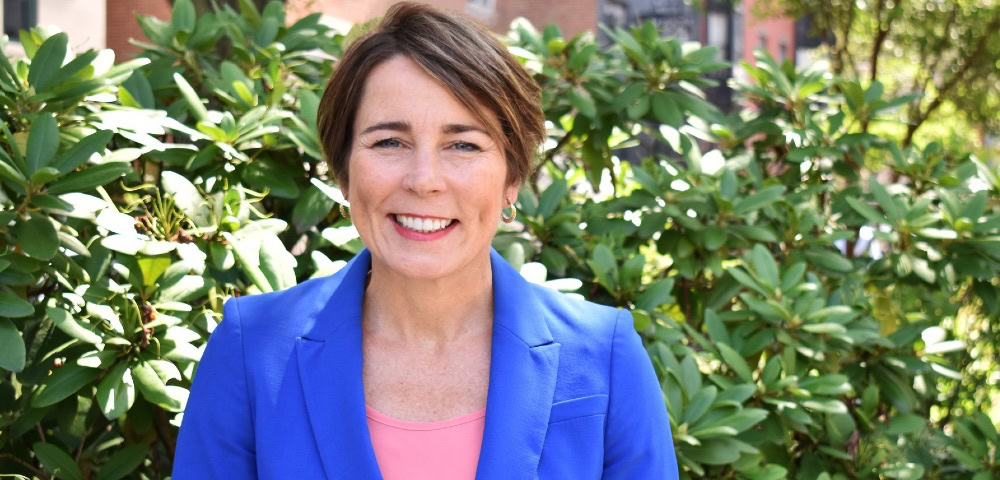
Massachusetts Attorney General Maura Healey made history on Wednesday as the state’s first woman governor and the country’s first out lesbian governor.
Healey had previously made waves when she became the first LGBTQI person elected to be a state’s attorney general in 2014. Her election win marks the defeat of Republican Geoff Diehl, a former state representative who had the endorsement of former President Donald Trump.
Healey addressed her supporters at a victory rally in Boston on Tuesday, stating that this win was dedicated to “every little girl and every young LGBTQ person out there.”
“I hope tonight shows you that you can be whatever, whoever you want to be. And nothing and no one can ever get in your way except your own imagination, and that’s not going to happen”, Healey said.
Climate Action And Equal Rights
During the campaign, Healey advocated for immediate climate action, the expansion of job training programs, further protections for LGBTQI rights including banning the gay panic defence (a legal strategy which allows a defendant to claim a victim’s sexual orientation or gender identity/expression is to blame for their crime), and to make child care more affordable.
Healey has also said that she would actively work to protect access to “safe and legal abortion in Massachusetts” following the US Supreme Court’s decision to overturn Roe v. Wade in June this year.
Mass Live had reported that Healey core policies – “better laws and policies when those in office, just like those in the boardroom, reflect the populations that they serve and work on behalf of.”
LGBTQI Groups Welcome Historic Win
LGBTQI Victory Fund President and CEO Mayor Annise Parker commended Healey for her win which came up “in the face of so much hate and intolerance sweeping our nation”.
NBC News reported Parker calling this a sign “especially to LGBTQI kids in desperate need of hope, that LGBTQI people have a place in American society and can become respected public leaders. It is an uphill battle for LGBTQI candidates and women candidates to win high-level elected office, but Massachusetts voters know Maura is a fighter and today helped her make U.S. political history.”
Human Rights Campaign Interim President Joni Madison posted her congratulations to Healey on Twitter. “Tonight, Maura Healey made history, becoming the first out lesbian governor this nation has ever elected. Massachusetts embraced a platform of equality and inclusion by electing a pro-equality champion.”
An Advocate For LGBTQI Rights
According to HRC, Healey’s win sent an important message to the community, especially young LGBTQI persons.
With her in the statehouse, LGBTQ+ youth across Massachusetts and the United States will get to see that they are represented at the highest levels of government, and that they can achieve anything they set their minds on. We celebrate Maura Healey’s historic win and look forward to working with her to continue to fight for a Massachusetts that is inclusive and welcoming to all,” said Madison.
Healey has been an advocate for queer rights since her time in office. In 2009, Healey headed the country’s first successful challenge to the Defence of Marriage Act, a 1996 law which prohibited the federal recognition of same-sex marriages.
In her victory speech, she committed to defending women’s rights to control their reproductivity, stating, “As long as I’m governor, women will always have the freedom to control their own bodies.”
© Star Observer 2022 | For the latest in lesbian, gay, bisexual, transgender, queer and intersex (LGBTIQ) news in Australia, be sure to visit starobserver.com.au daily.
